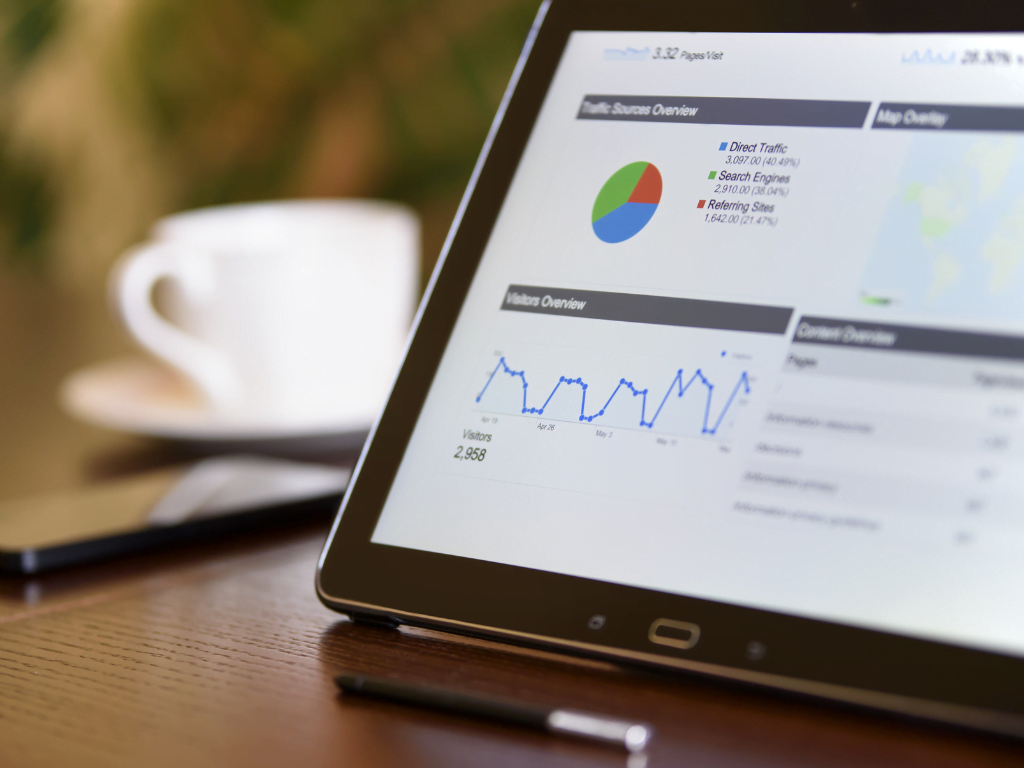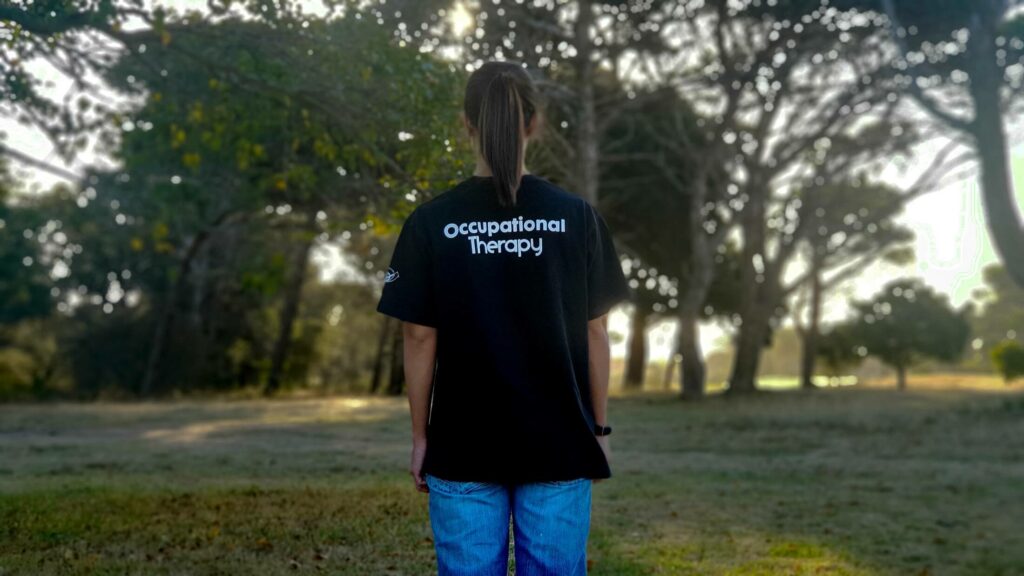In the ever-evolving landscape of digital marketing, Australian businesses face a critical decision: should they prioritise content marketing or digital advertising? As we navigate the complexities of the online world in 2025, this question has become more pertinent than ever. Let’s dive into the heart of this debate and uncover where your focus should lie.
The Digital Dilemma: Content or Ads?
Picture this: You’re at the helm of a small business in Sydney, eager to make your mark in the digital sphere. Your budget is tight, your time is limited, and the pressure to succeed is mounting. Should you pour your resources into crafting compelling content or opt for the immediate visibility of digital ads? The answer isn’t as straightforward as you might think.
Understanding the Battlefield: Content Marketing vs. Digital Advertising
Before we can determine where to focus, it’s crucial to understand the key differences between content marketing and digital advertising.
What Sets Content Marketing Apart?
Content marketing is the art of creating and distributing valuable, relevant content to attract and retain a clearly defined audience. It’s a long-term strategy that focuses on building trust and fostering relationships with potential customers.
Key characteristics of content marketing include:
- Long-term focus: Content marketing plays the long game, gradually building authority and trust.
- Value-driven approach: It aims to educate, inform, and engage audiences without hard-sell tactics.
- Organic growth: Primarily relies on non-paid channels for distribution.
- Diverse formats: Includes blogs, videos, podcasts, infographics, and more.
The Essence of Digital Advertising
Digital advertising, on the other hand, encompasses paid promotional efforts across various online channels. It’s designed to drive immediate visibility and conversions.
Key aspects of digital advertising include:
- Short-term impact: Can generate quick results and immediate visibility.
- Direct promotional approach: Focuses on promoting products or services directly to potential customers.
- Paid distribution: Relies on paid channels such as PPC, display ads, and social media advertising.
- Targeted reach: Allows for precise audience targeting based on demographics, interests, and behaviours.
The Numbers Don’t Lie: Comparing Effectiveness
When it comes to effectiveness, both content marketing and digital advertising have their merits. However, some statistics paint an interesting picture:
| Metric | Content Marketing | Digital Advertising |
|---|---|---|
| Lead Generation | 3x more leads than paid search advertising | Immediate visibility and quick conversions |
| Cost-Effectiveness | More cost-effective long-term | Requires substantial upfront investment |
| Trust Building | High potential for long-term trust | Limited trust-building capacity |
| Time to See Results | 8-12 months for full impact | Can produce immediate results |
These figures underscore the complementary nature of both strategies, suggesting that a balanced approach might be the key to success.
Where Should You Focus First?
The decision of where to focus first depends on several factors unique to your business. However, here are some guidelines to help you make an informed choice:
When to Prioritise Content Marketing:
- You’re in it for the long haul: If you’re looking to build sustainable growth and establish your brand as an industry authority, content marketing should be your primary focus.
- You have limited budget but ample time: Content marketing is more cost-effective in the long run, making it ideal for businesses with tight budgets.
- Your industry relies heavily on trust and expertise: For sectors like healthcare, finance, or professional services, content marketing can help establish credibility and showcase expertise.
- You want to improve SEO and organic traffic: Quality content is the backbone of effective SEO, driving organic traffic to your website.
When to Prioritise Digital Advertising:
- You need immediate results: If you’re launching a new product or running a time-sensitive promotion, digital advertising can provide the quick visibility you need.
- You have a substantial marketing budget: Digital advertising often requires significant upfront investment to see meaningful results.
- Your target audience is highly specific: The precise targeting options in digital advertising can help you reach niche audiences effectively.
- You want to test and iterate quickly: Digital ads allow for rapid A/B testing and campaign optimisation.
The Power of Integration: Combining Content and Ads
While choosing a primary focus is important, the most effective digital marketing strategies often integrate both content marketing and digital advertising. Here’s how they can work together:
- Use ads to amplify your best content: Boost the reach of your high-performing blog posts, videos, or infographics through paid promotion.
- retarget content consumers with ads: Create custom audiences based on website visitors who’ve engaged with your content, then serve them targeted ads.
- Develop ad content based on successful organic posts: Use insights from your best-performing organic content to inform your ad creative and messaging.
- Funnel ad traffic to valuable content: Instead of sending all ad traffic to sales pages, consider directing some to high-value content pieces that nurture leads.
Measuring Success: KPIs for Content and Ads
To determine the effectiveness of your chosen strategy, it’s crucial to track the right key performance indicators (KPIs):
Content Marketing KPIs:
- Organic traffic growth
- Time spent on page
- Social shares and engagement
- Backlinks acquired
- Email subscriber growth
Digital Advertising KPIs:
- Click-through rate (CTR)
- Conversion rate
- Cost per click (CPC)
- Return on ad spend (ROAS)
- Brand awareness metrics
How long does it take to see results from content marketing?
Content marketing typically takes 8-12 months to show significant results. However, consistent effort can lead to compounding benefits over time.
Is digital advertising more expensive than content marketing?
Initially, yes. Digital advertising often requires a substantial upfront investment. However, content marketing demands significant time and resources for content creation and distribution.
Can small businesses benefit from both content marketing and digital advertising?
Absolutely. Small businesses can start with content marketing to build a foundation, then strategically incorporate digital advertising to boost visibility and drive quick wins.
How often should I publish content for effective content marketing?
Aim for consistency rather than quantity. For most businesses, publishing 1-2 high-quality pieces per week is a good starting point.
What’s the biggest mistake businesses make when choosing between content marketing and digital advertising?
The biggest mistake is viewing it as an either/or decision. The most successful digital marketing strategies often integrate both approaches for maximum impact.




